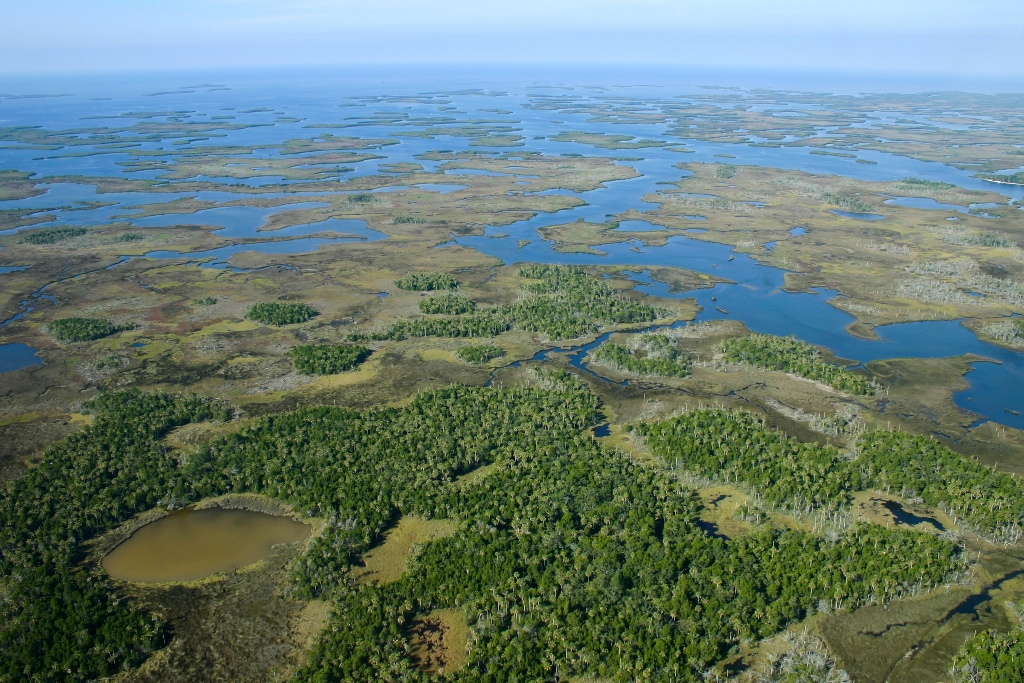SECAS evaluation report now available

The final report from a comprehensive evaluation of the SECAS partnership is now available for download here. “SECAS Futures: Structuring Governance to Achieve Landscape-scale Conservation Outcomes” is the product of a year-long effort to examine how SECAS is adding value to partner organizations and sustaining progress toward meeting its vision and goal.
The SECAS Futures project was requested by the interim SECAS Steering Committee in 2019 to evaluate existing governance structures, operational processes, and to make recommendations that will sustain and enhance delivery of value from the partnership into the future. While existing structures and processes were found to be effective as a regional forum for collaboration and as an information hub for science delivery and decision support, a number of overarching and complementary recommendations for sustaining value were identified in three main areas:
- strengthening core governance and process elements
- improving communications and outreach
- broadening and deepening engagement
To address these main areas for improvement, an initial group of five overarching recommendations was approved in January by the interim Steering Committee for immediate implementation. Substantial progress has been made on each of these, most notably the formal establishment in March of the SECAS Steering Committee as a permanent committee of the Southeastern Association of Fish and Wildlife Agencies. Details of these five overarching recommendations and other findings from the study are discussed in my blog from January available here, and on a webinar from February available here.
While the final report is the official conclusion of this assessment project, implementing the report’s recommendations will be an ongoing and long-term effort, and provides the basis for us to continue to shape an effective collaborative approach to landscape scale conservation in the Southeast.